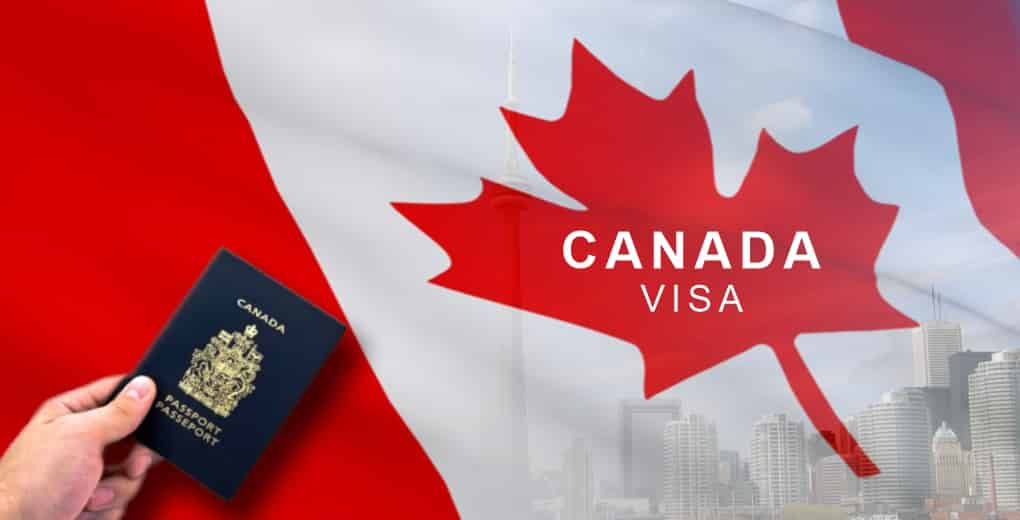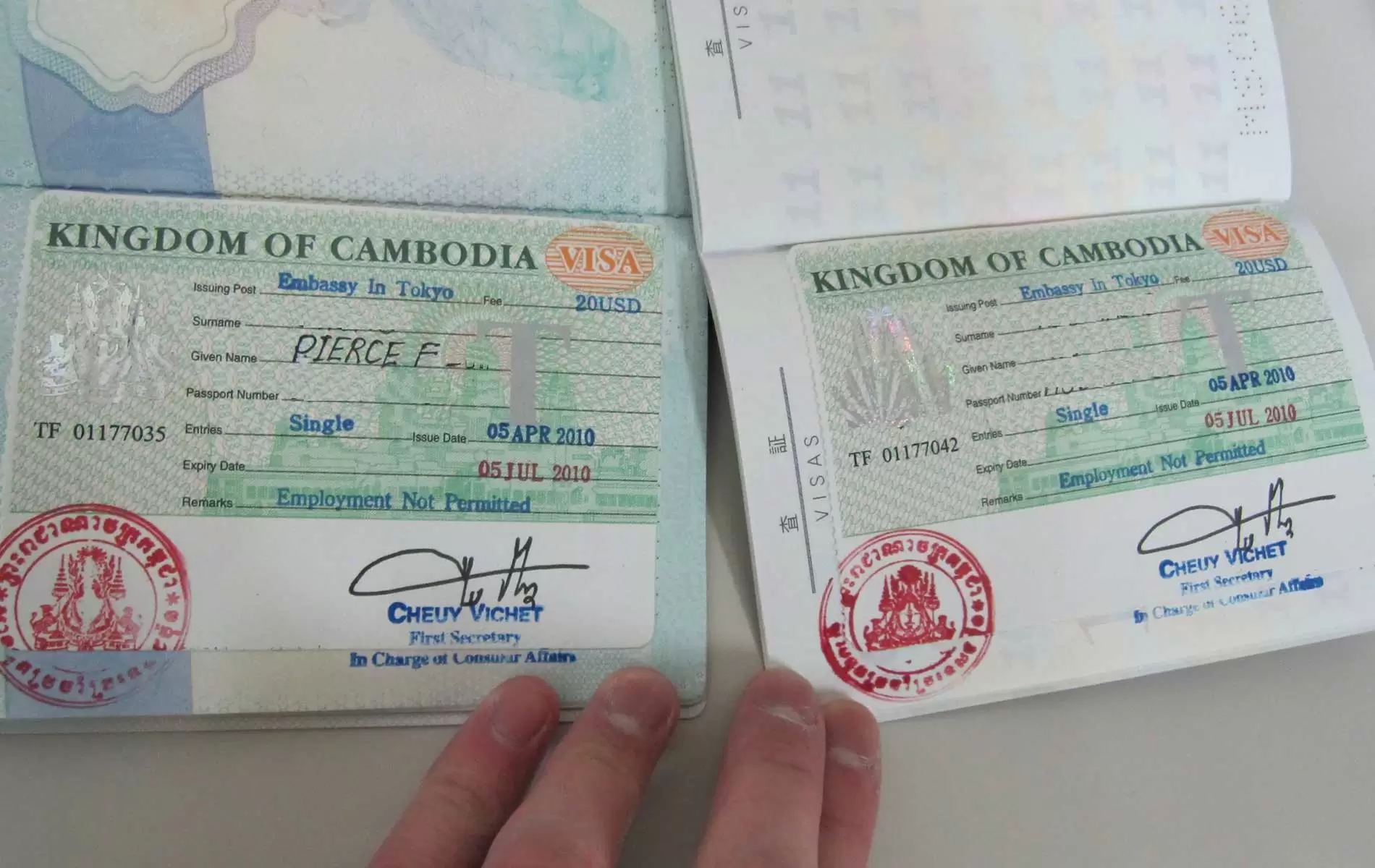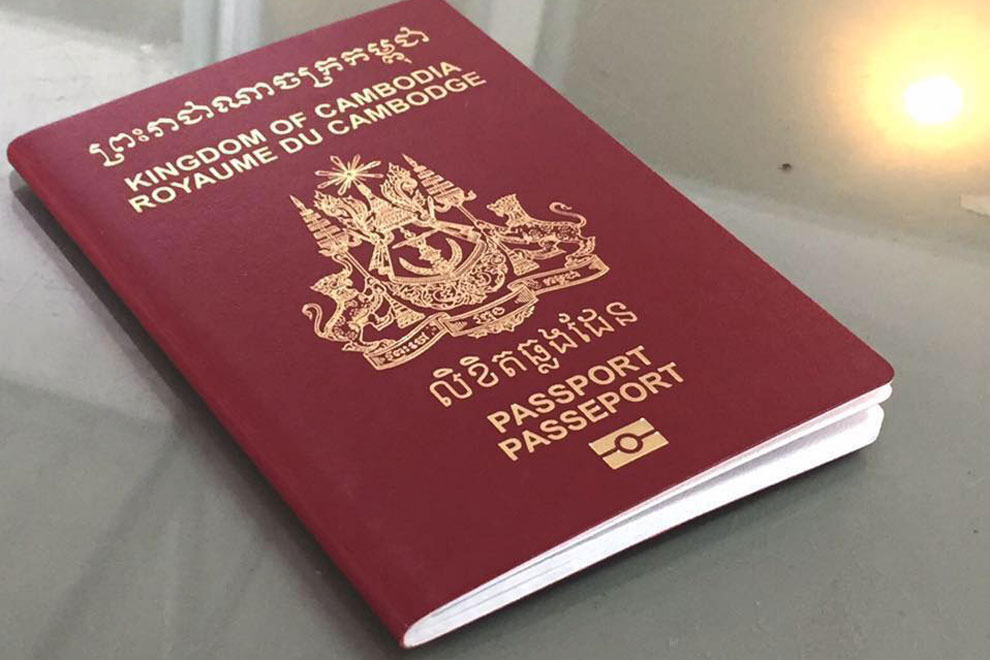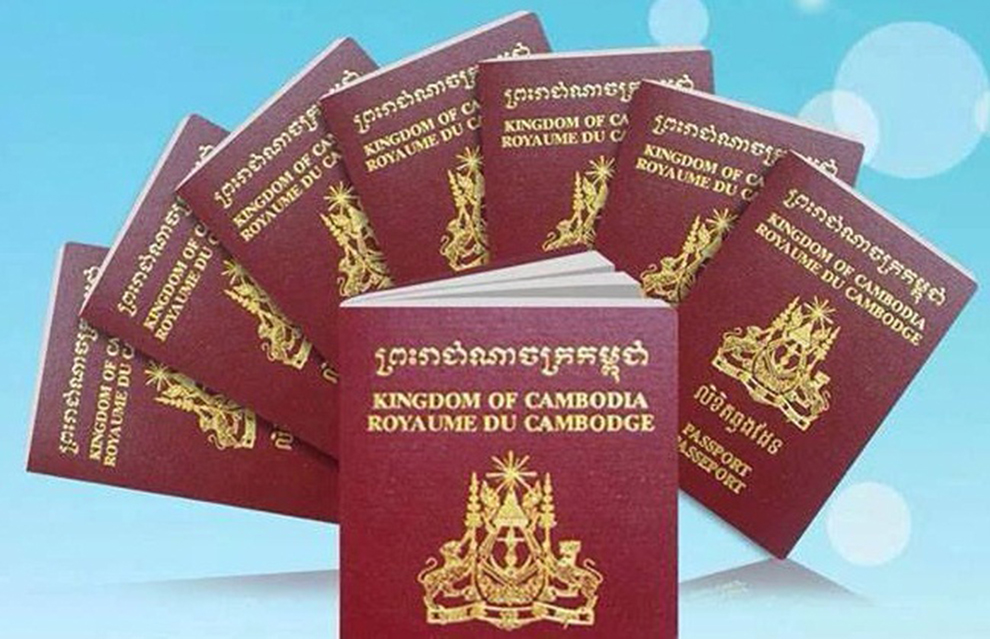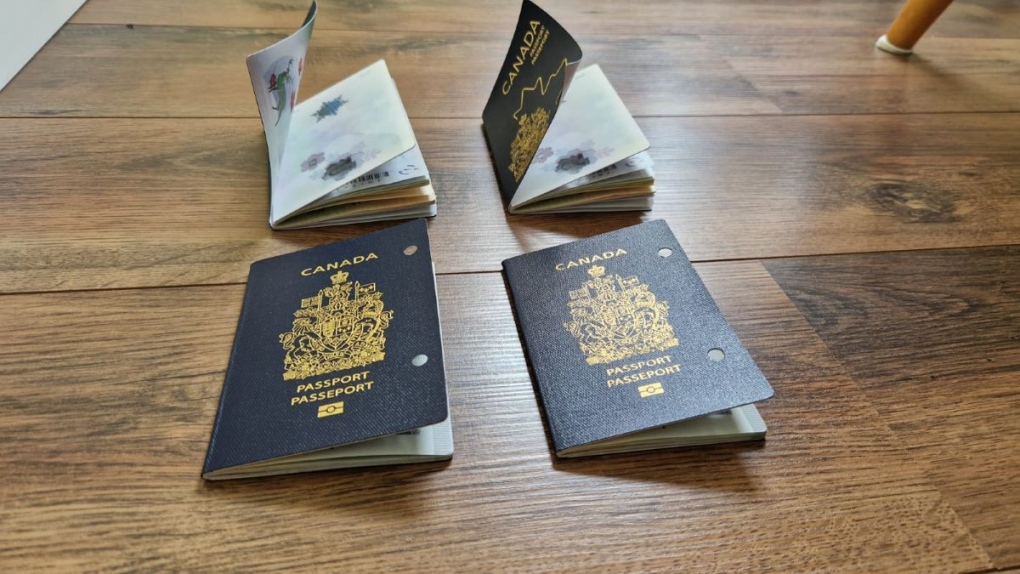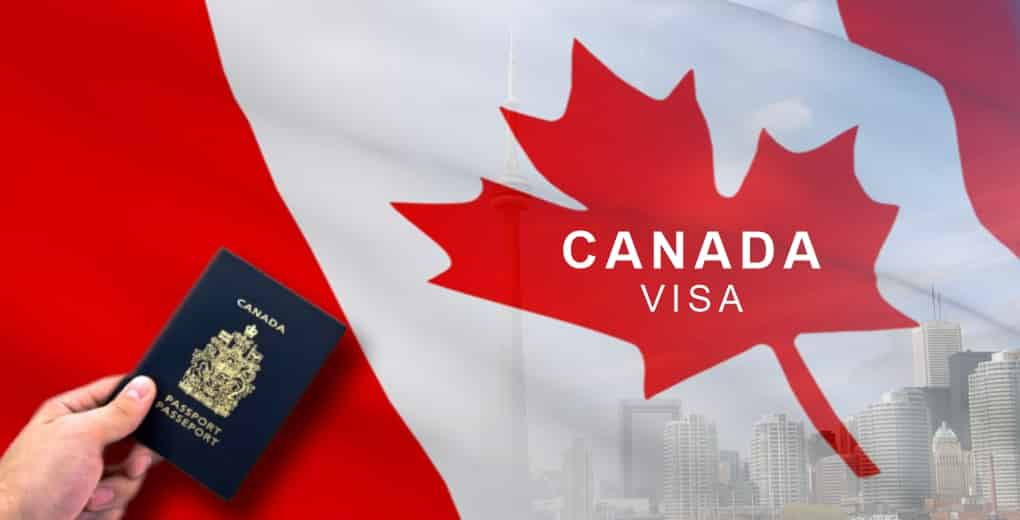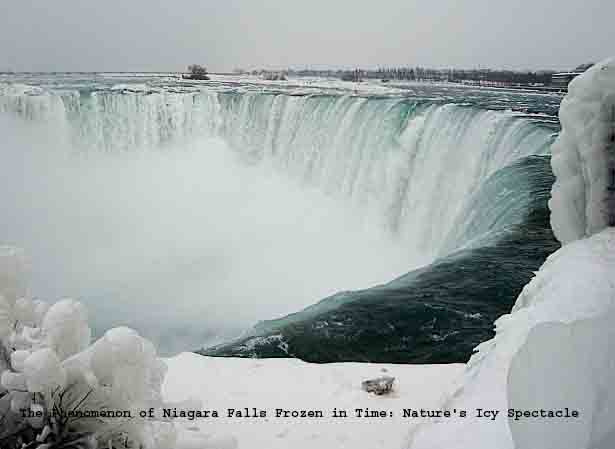
Introduction
Niagara Falls Frozen, one of the world’s most iconic natural wonders, draws millions of visitors each year with its breathtaking beauty and awe-inspiring power. While the falls are renowned for their majestic flow and thunderous roar, there are rare instances when Mother Nature transforms this dynamic cascade into a frozen spectacle.
The phenomenon of Niagara Falls freezing captures the imagination of onlookers, offering a unique and mesmerizing display of nature’s power and beauty. In this article, we will delve into the science behind Niagara Falls freezing, explore historical occurrences, and examine the impact of this natural phenomenon on the surrounding environment and tourism.
Understanding Niagara Falls Frozen
Niagara Falls Frozen is situated on the border between the United States and Canada, straddling the provinces of Ontario and New York. There are three main categories of waterfalls, American Falls Bridal, the Bridal Veil Falls,And Horseshoe Falls. The Horseshoe Falls, also known as the Canadian Falls, is the largest and most famous section, forming a semicircular shape that spans approximately 2,600 feet (792 meters).
The water that flows over Niagara Falls originates from the Great Lakes, with Lake Erie being the primary source. The volume of water that cascades over the falls is staggering, averaging about 85,000 cubic feet per second (2,400 cubic meters per second). The force and flow of the water contribute to the continuous erosion of the rock formations underlying the falls, shaping the landscape over thousands of years.
The Freezing Process
The freezing of Niagara Falls is a rare occurrence that happens during periods of exceptionally cold temperatures. While the falls do not freeze entirely, the sub-zero temperatures cause the mist and spray from the falling water to accumulate on the surrounding surfaces, gradually forming a thick layer of ice. This ice accumulation can extend from the base of the falls to the surrounding cliffs and riverbanks, creating an otherworldly, frozen landscape.
Several factors contribute to the freezing process:
- Temperature Drops: When temperatures plummet well below freezing, typically during the winter months, the mist and spray generated by the falls freeze upon contact with the colder surfaces.
- Wind Direction: Wind plays a crucial role in determining where the ice accumulates. If the wind blows in the direction of the falls, the mist and spray may freeze directly on the falls, creating a stunning icy facade.
- Flow Rate: The rate at which water flows over the falls influences the freezing process. During periods of reduced water flow, there is less mist and spray, making it easier for the cold temperatures to freeze the water on surrounding surfaces.
Historical Occurrences
The freezing of Niagara Falls is a rare event, and historical records document only a handful of instances when the falls have been partially encased in ice. One notable occurrence took place in 1848, during an exceptionally cold winter known as the “Year Without a Summer.” The falls froze almost entirely, allowing people to walk across the ice and explore areas that are typically submerged by rushing water.
Another significant freeze happened in 1912, when once again, the falls partially froze due to extreme cold temperatures. Photographs from these events serve as timeless reminders of the remarkable transformations that nature can undergo.
The Impact on Tourism
While the freezing of Niagara Falls is a spectacular and visually stunning event, it also has implications for tourism in the region. The frozen falls draw a different kind of crowd, with photographers, nature enthusiasts, and curious onlookers flocking to witness this rare occurrence.
Local businesses and tourism operators capitalize on the event, offering special tours, guided walks, and unique experiences for visitors. The frozen falls create a magical atmosphere, with the ice-covered landscape providing a stark contrast to the usual thundering waters. Visitors have the opportunity to capture breathtaking photographs and witness a side of Niagara Falls that few are fortunate enough to see.
Environmental Considerations
As captivating as the frozen falls may be, the phenomenon also raises environmental concerns. The accumulation of ice on the falls and surrounding areas can have both short-term and long-term effects on the ecosystem.
- Wildlife Disruption: The freezing of Niagara Falls can disrupt the natural habitat of the flora and fauna in the region. The ice can affect the availability of food and shelter for local wildlife, prompting them to adapt to the temporary changes.
- Erosion Impact: The freezing and thawing cycle can contribute to erosion of the rock formations beneath the falls. While this process is a natural part of the geological evolution of the falls, the freezing phenomenon may accelerate certain erosion patterns.
- Tourist Footprint: The influx of visitors during a frozen Niagara Falls event can also have a direct impact on the local environment. Increased foot traffic and activities around the falls may result in soil compaction, vegetation damage, and disturbances to wildlife.
Conclusion
The phenomenon of Niagara Falls freezing is a rare and captivating event that showcases the dynamic nature of this iconic natural wonder. While the frozen falls provide a unique and stunning spectacle, it is essential to consider the environmental implications and the delicate balance that exists in this ecosystem.
As visitors marvel at the icy beauty of Niagara Falls, it is crucial to appreciate the fragility of the environment and the need for responsible tourism practices. Preserving the natural wonder of Niagara Falls ensures that future generations can continue to witness the mesmerizing interplay of water, ice, and rock that has captivated the world for centuries.
